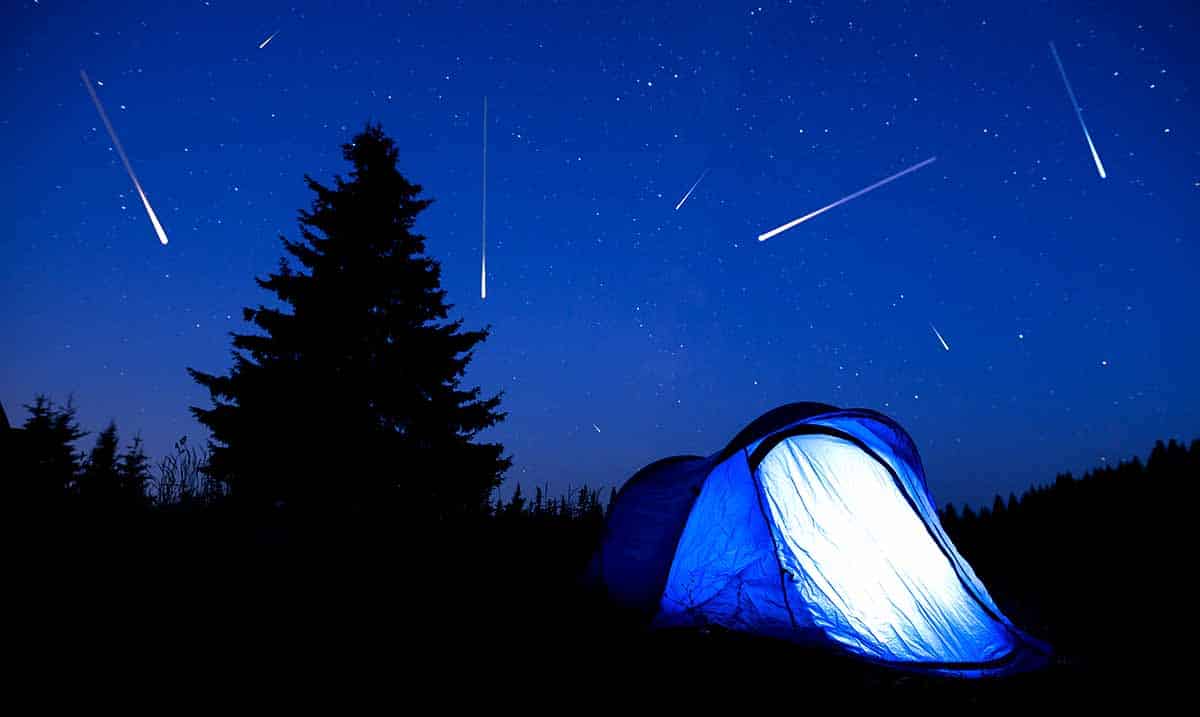Throughout the week, if you go outside and look at the sky, you will likely get to see some shooting stars. This is because of the perseids meteor shower which will peak this week and here is everything you need to know about that.
First and foremost, shooting stars are meteors. During this meteor shower, the Earth will be passing through the tail of the Tuttle-swift comet. When comets move through space, they leave behind a beautiful trail of debris, which contains hundreds of thousands of meteors. During a meteor shower, we get to view that trail of debris, in the form of shooting stars.
In some cases, the Perseids can produce upwards of 50-100 meteors per hour, but unfortunately, because there will be a full moon during this shower, it will likely cause it to be harder to view the meteors. Because of this, it’s far more likely that we will see 10-20 per hour.
Thankfully, because the moon will subside, we aren’t at a total loss and will still be able to view the meteors in the sky before they go away for good at the end of the month. So while the peak is technically this week, it may be best to view next week or even the week after.
For best viewing, astronomers suggest finding a dark place for viewing, making sure to avoid busy streets or cities. Then, set up a chair or a towel to lay on and look up at the dark sky. You will need to get comfortable and stare at the sky for a good 30 minutes, so your eyes can adjust. And typically, within 30-45 minutes you will be able to begin seeing shooting stars and meteors. Additionally, it doesn’t hurt to grab a friend to enjoy the show with you.

